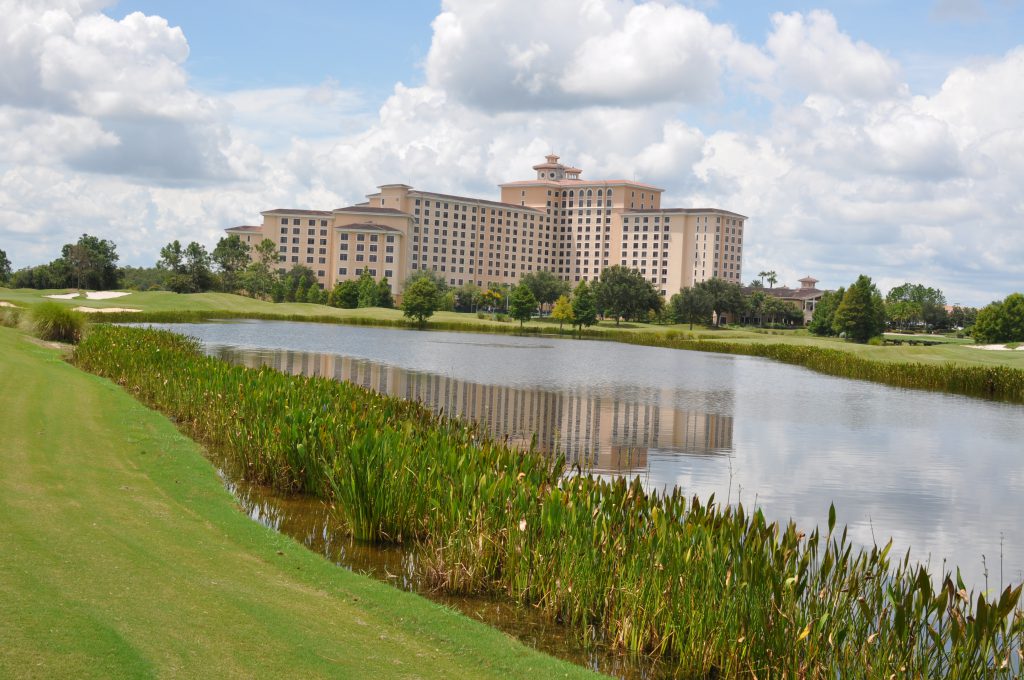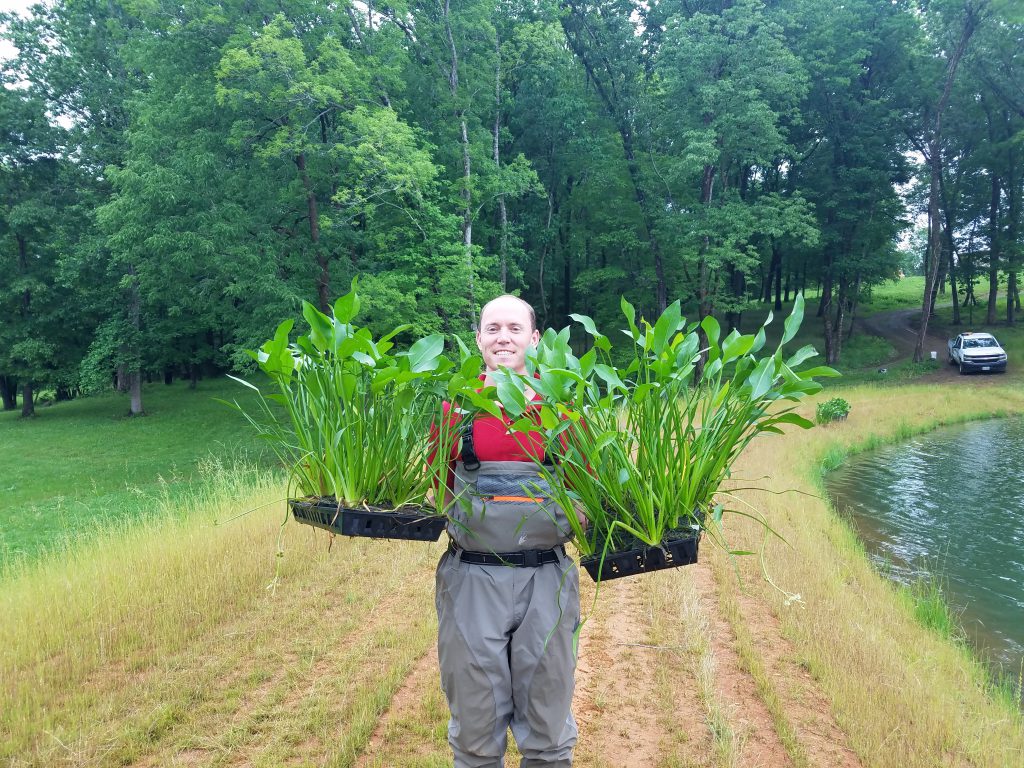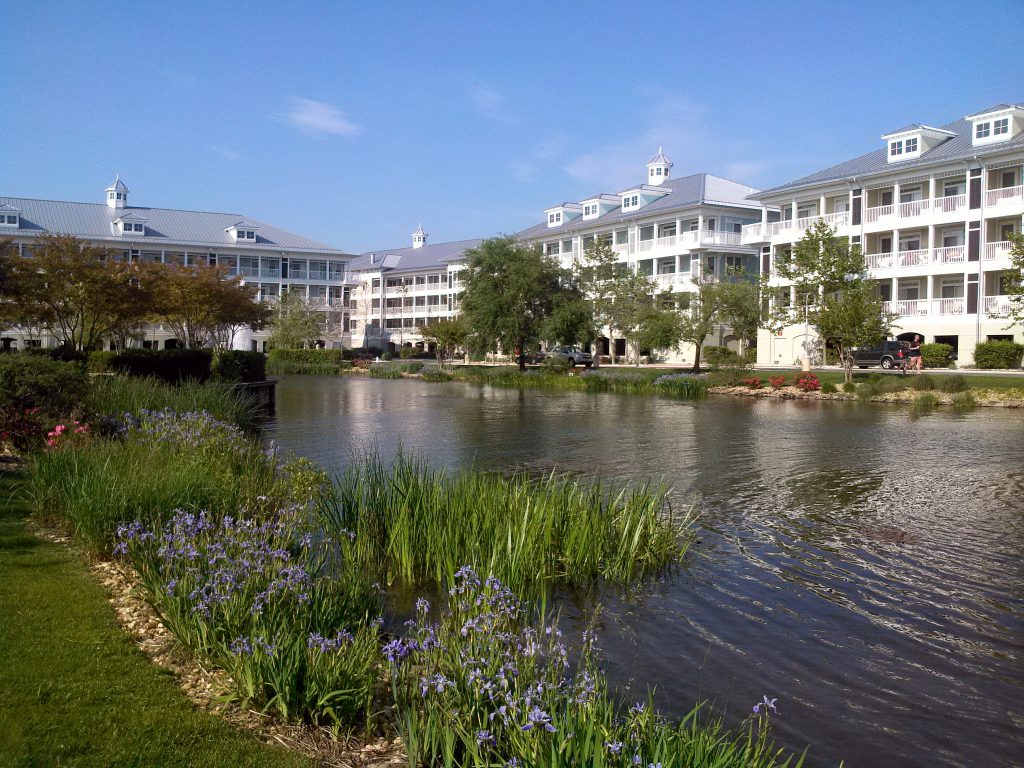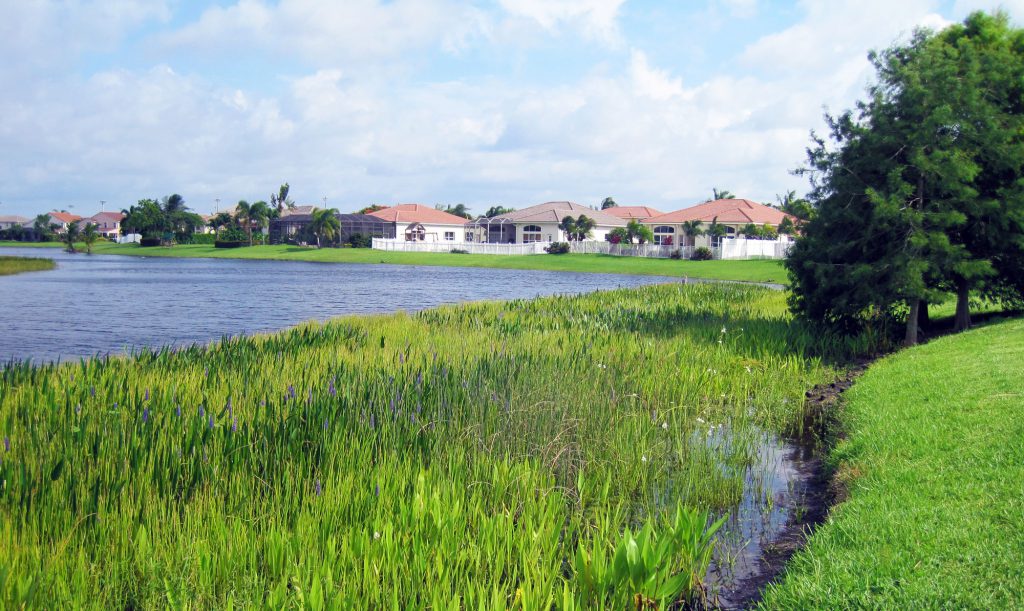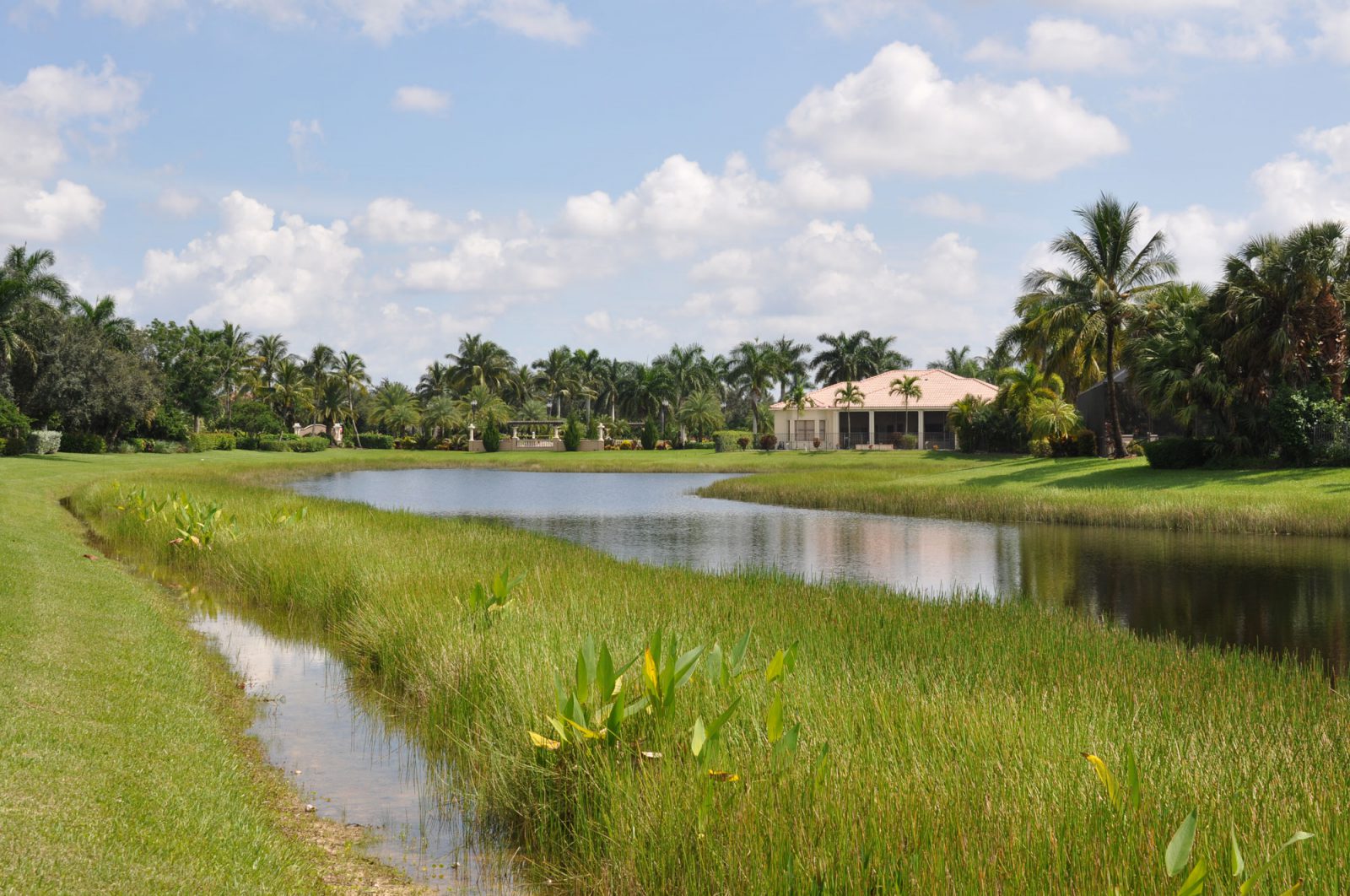
The "Littoral Shelf" - What is it and why is it important?
The balance and appearance of our lakes, ponds, wetlands, and other waterbodies can be impacted by a variety of different factors, from the composition of bottom sediments to features in the surrounding landscape. The space where these environments meet provides valuable insight about the health and diversity of an aquatic ecosystem. This unique area is called the littoral zone.
What Is a Littoral Zone?
The littoral zone is the down-sloping shelf of a pond or lake. This is the area that stretches from the high-water mark to the shore and into the area where sunlight penetrates through to the sediments at the bottom of a waterbody. Although the exact definition of littoral zone can change depending on the waterbody, it is generally considered the shallow area close to the shore in both saltwater and freshwater environments.
When healthy, the littoral zone looks like a miniature wetland. The beneficial native plants that grow here often feature purple, white, yellow, or blue flowers that usually bloom all year long in some climates. These plants may include Golden Canna, Pickerelweed, Southern Blue Flag Iris, Fragrant Water Lily, and Florida Swamp-Lily.
Importance of a Littoral Zone
The littoral zone supports a large number of native plants and aquatic life. Some plants can survive partially or completely submerged; others do just fine floating on the water’s surface. Waterbodies that support a wide variety of native plant species tend to provide more nutrients to the native wildlife that are key to maintaining cover and habitat. In addition to supplying food to ponds and lake fish, local plants help maintain balanced levels of oxygen and other key elements.
Benefits of a Littoral Zone
In addition to protecting the health of lakes or ponds, the littoral zone can enhance the aesthetic appeal of a body of water. When filled with thriving plants and wildlife, a well-tended littoral zone adds value to the shoreline and even the surrounding property.
A littoral zone helps improve water quality by fostering beneficial species that consume the excess nutrients that contribute to nuisance algae and invasive aquatic weed growth. Additionally, when located near a flow structure, the littoral shelf helps filter out the minerals and nutrients in water before it leaves the lake or pond. This improved water quality has the added benefit of keeping mosquitos at bay and reducing foul odors exuding from the water.
Littoral shelves also help maintain the shoreline and prevent erosion. The native plant roots hold the soil and make the banks more stable and durable, which in turn helps reduce the need for extensive restoration or dredging projects in the future.
Littoral Zone Maintenance
Because the littoral zone transitions from dry land to the aquatic environment, it responds to natural and human influences and activities in the land ecosystem as well as the aquatic one. And because it is important for many industrial and recreational purposes, the littoral shelf is often drastically affected by human activities that amplify algal and weed growth, nutrient loading, overgrowth of invasive species as well as cause acidification and fluctuations in the water level. This underscores the importance of the littoral zone and littoral shelf maintenance for the health of lakes and ponds.
When properly established and managed, the littoral zone is less likely to require herbicide or algaecide applications. Recurring proactive management strategies such as nutrient remediation, biological bacteria applications, water quality testing, aeration, Oxygen Saturation Technology (OST), and other sustainable solutions can have a lasting positive impact. A SOL Pro Annual Management program will help any property owner prolong the balance and beauty of their lake or pond’s littoral zone.
Shoreline Restoration & Erosion Control In SC's Lowcountry
This South Carolina sporting community in the heart of Lowcountry offers the perfect backdrop for nature lovers seeking authentic experiences on and near the water. Unfortunately, due the community’s positioning along the East coast, wind and rain have caused the banks along certain fishing impoundments to erode over time, creating drop offs ranging from 18 in to 4 ft. Watch our team restore the shoreline and install beneficial native plants to prevent these issues from occurring again.
SOLitude Lake Management is a nationwide environmental firm committed to providing sustainable solutions that improve water quality, enhance beauty, preserve natural resources and reduce our environmental footprint. SOLitude’s team of aquatic resource management professionals specializes in the development and execution of customized lake, pond, wetland, and fisheries management programs that include water quality testing and restoration, nutrient remediation, algae, and aquatic weed control, installation and maintenance of fountains and aeration systems, bathymetry, shoreline erosion restoration, mechanical harvesting and hydro-raking, lake vegetation studies, biological assessments, habitat evaluations, and invasive species management. Services and educational resources are available to clients nationwide, including homeowners associations, multi-family and apartment communities, golf courses, commercial developments, ranches, private landowners, reservoirs, recreational and public lakes, municipalities, drinking water authorities, parks, and state and federal agencies. SOLitude Lake Management is a proud member of the Rentokil Steritech family of companies in North America.








